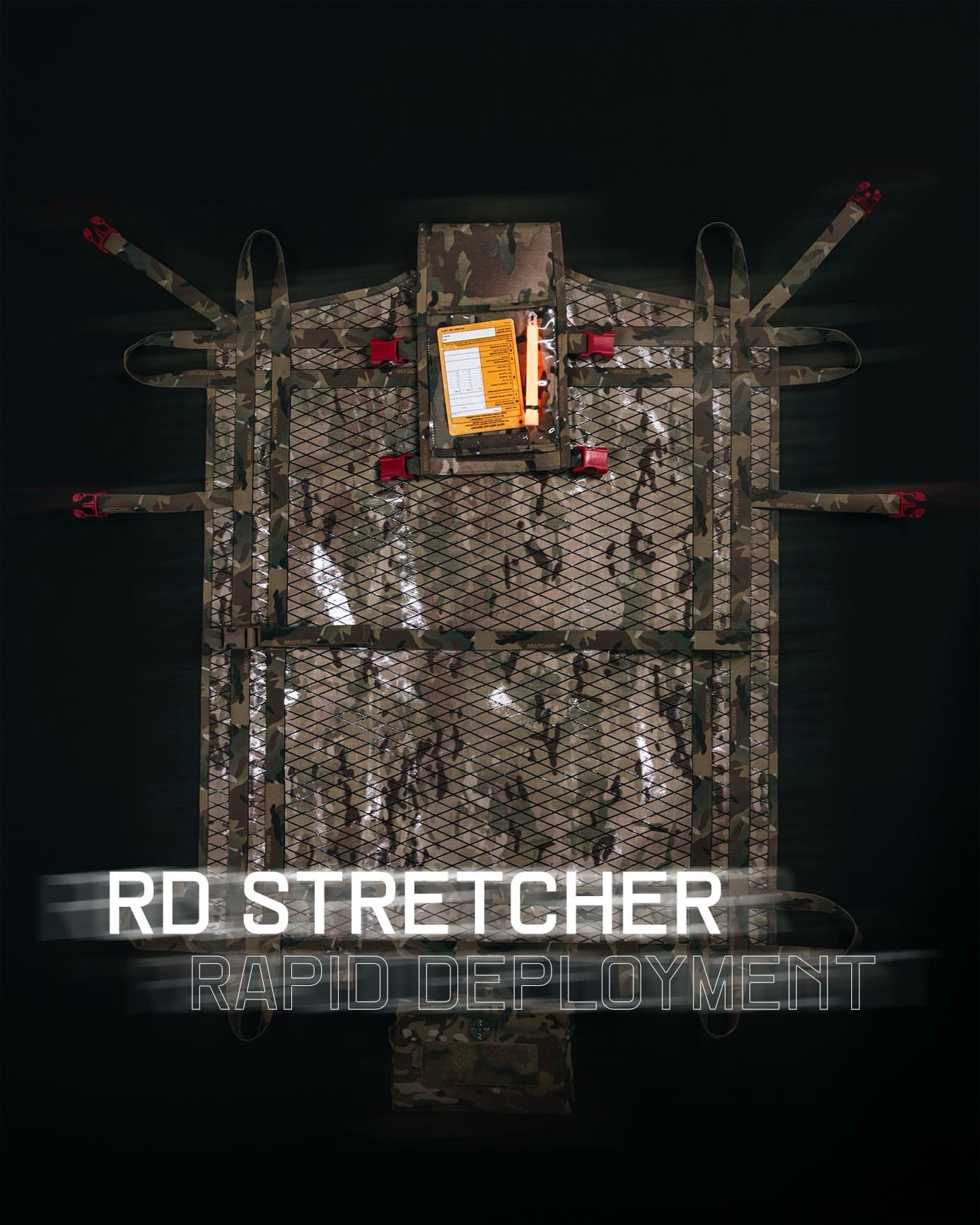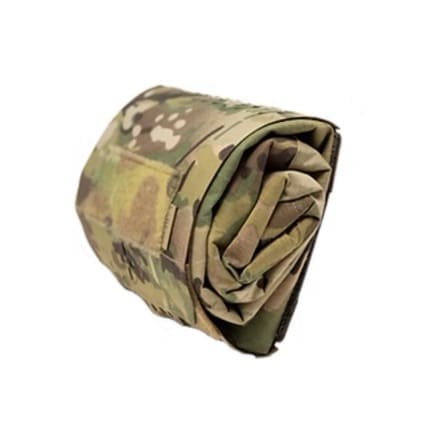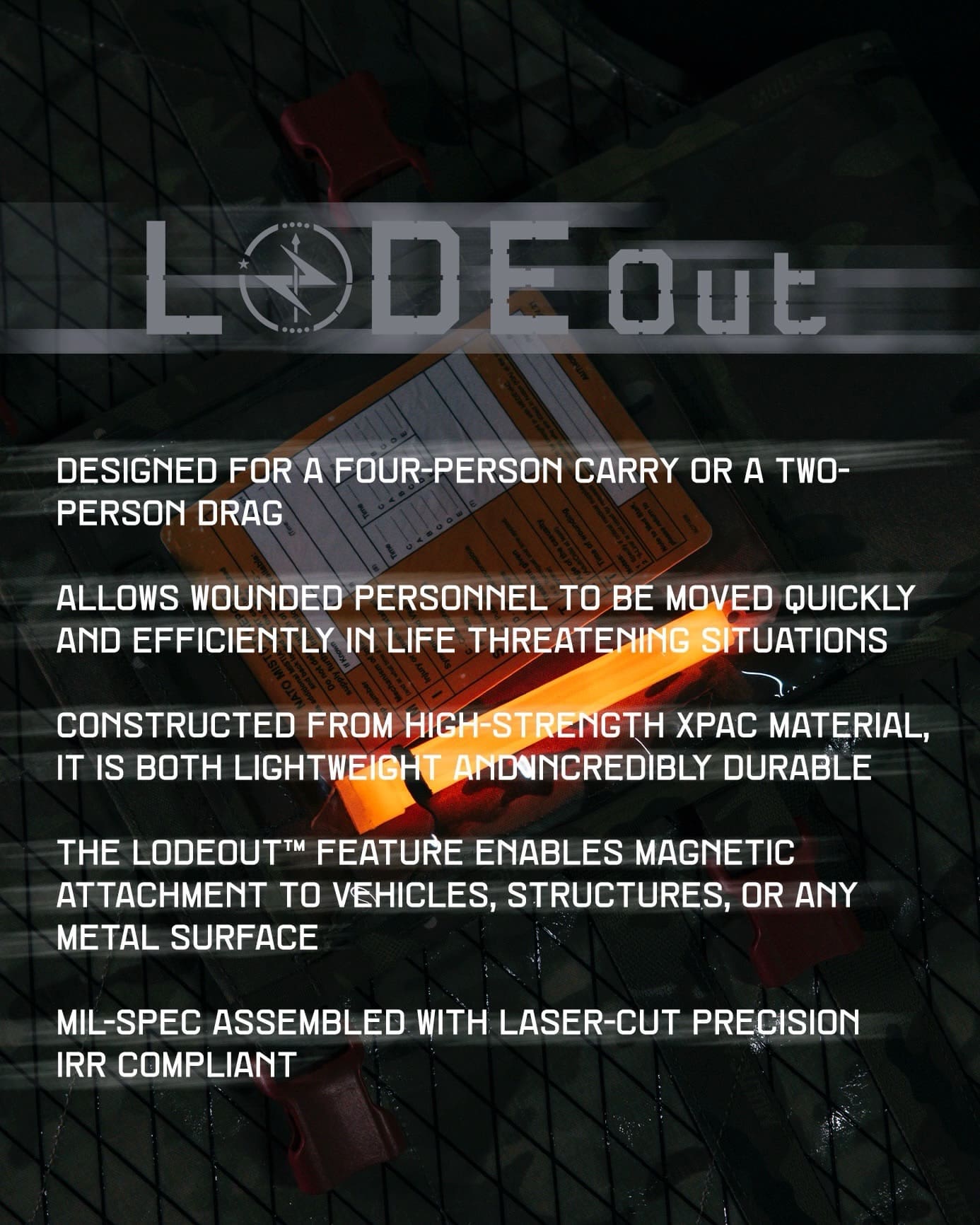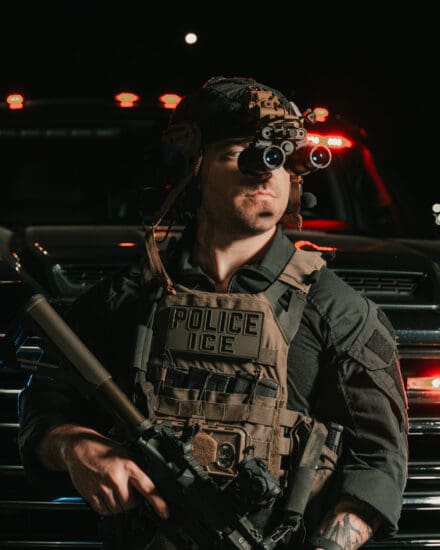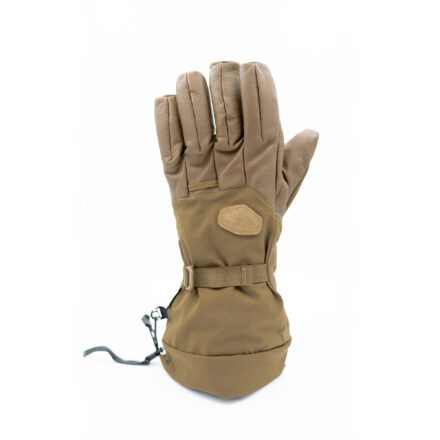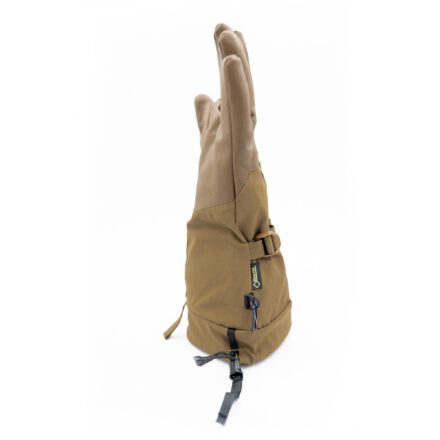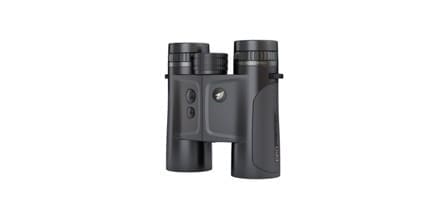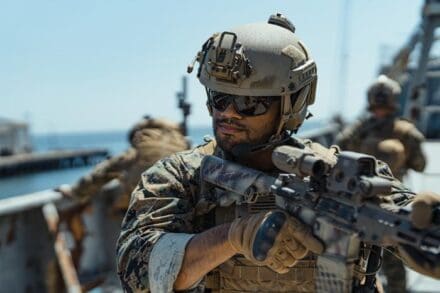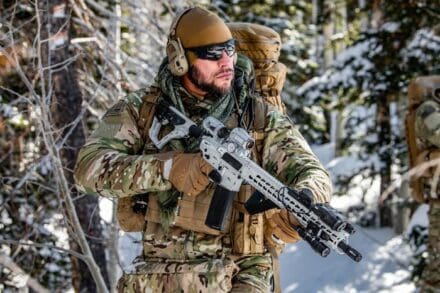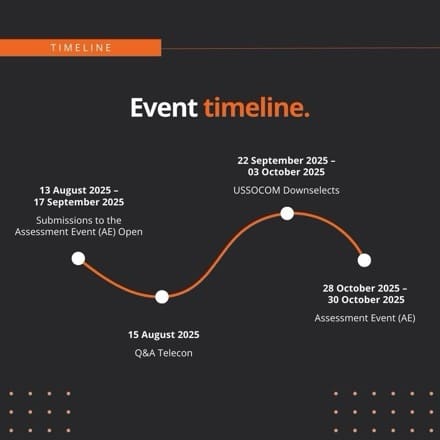Special Operations Veterans Test Emerging Military Technology Under Live Combat ConditionsBOZEMAN, Mont., Dec. 9, 2025 —
Reveal Technology Inc., a veteran-founded defense technology company, today announced the premiere of “BattleLab” on VET Tv, a series that brings together former Special Operators with emerging military technology to test what works under real-world conditions, addressing a widening gap in U.S. defense modernization.
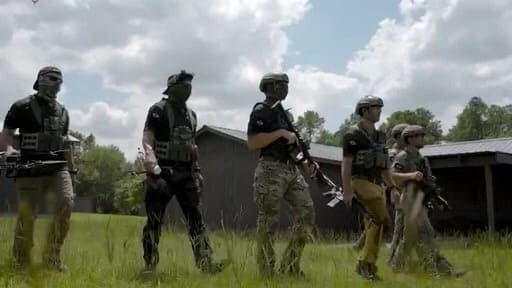
The first-of-its-kind training environment puts cutting-edge defense systems through their paces in combat scenarios that mirror actual battlefield conditions. The series is hosted by Garrett Smith, CEO of Reveal Technology and Marine combat veteran, alongside co-hosts Phil Divinski and Jerad Watlington, both Army Special Operations veterans with more than 20 years of service and founders of Jeddoc.
“In the battles of tomorrow, the team that adapts first wins,” said Garrett Smith, CEO of veteran-founded defense company Reveal Technology. “The pace of technological change on the battlefield has never been faster, but the procurement process and the way units experiment with new tactics can’t keep up. If we’re not testing and adapting in training, we’ll pay for it later.”
BattleLab uses force-on-force, live-fire, and non-permissive environment simulations to pressure-test cutting-edge defense technology, including Reveal’s Farsight (geospatial intelligence) and Identifi (mobile biometrics) platforms. Each cycle is structured around a scoring rubric that gamifies performance, allowing every tactic, tool, and team to be measured consistently across scenarios.
“There’s no field manual for how we integrate a lot of these new technologies,” said Phil Divinski, CEO of Jeddoc. “BattleLab is where we figure that out by defining an operational objective, replicating the operational environment, and iterating. Mission success determines whether a tactic, technique, or technology is effective.”
BattleLab process is being fully documented to accelerate learning and increase transparency. Veteran-owned studio VET Tv is producing the documentation as a serialized program, giving viewers an unfiltered look at the scenarios, failures, and breakthroughs shaping the future of warfare.
The inaugural season features three combat scenarios:
Episode 1: Strong Point– Two teams battle for physical control of a vital village building, pitting an entrenched defensive force against an assaulting team starting from outside the village.
Episode 2: Contested Exfil – High stakes race where one team, starting from inside a building, attempts to reach their designated pick-up site before the opposing team, assaulting from outside the village, can eliminate them.
Episode 3: Organic Strike – One team must quickly camouflage and physically protect their communications link within a village against another team’s objective of finding and destroying it using drone strikes.
“VET Tv is proud to produce BattleLab,” said John Acevedo, CEO of VET Tv. “This isn’t just compelling television. What Reveal and Jeddoc are doing here is genuinely groundbreaking: bringing tactical training and defense technology integration into the 21st century. We’re honored to help tell this story with the authenticity and realism it deserves.”
BattleLab will premiere as a serialized program on VET Tv beginning December 9, 2025. New seasons will roll out quarterly, capturing every iteration of tactics, technology, and lessons learned as the BattleLab evolves.
For more information and episode access visit: www.veterantv.tv/battle-lab
